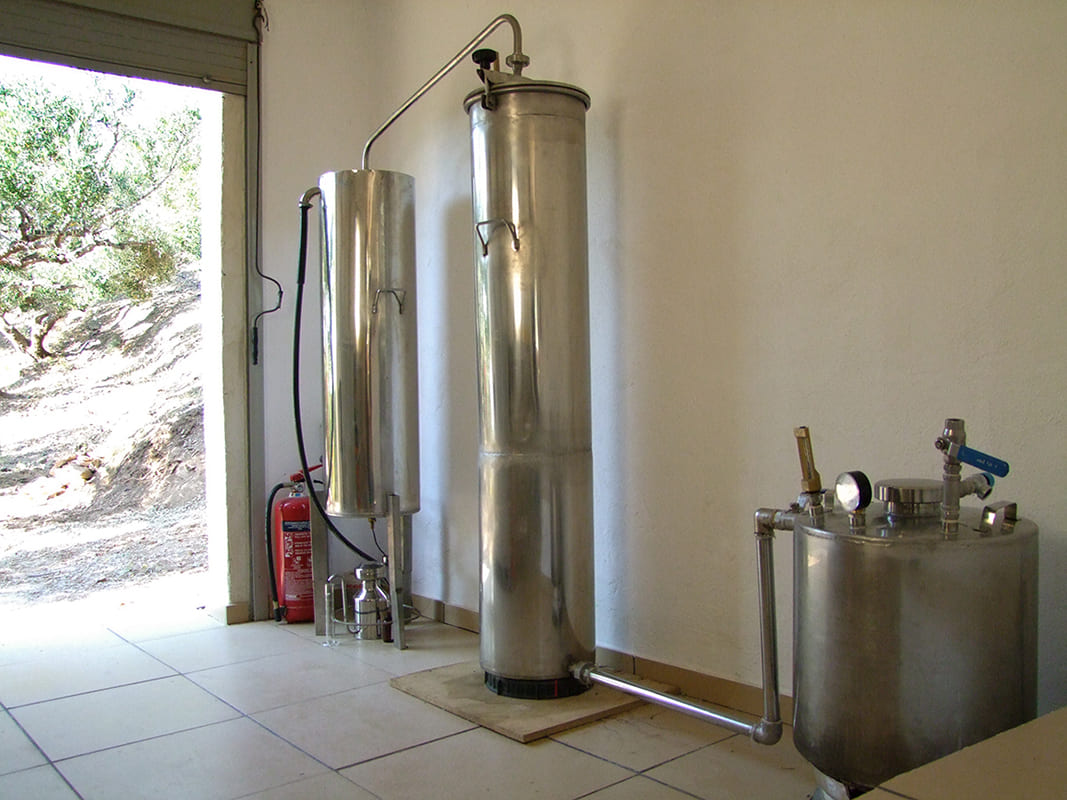
Mint
It is a perennial plant, herbaceous and aromatic, of the family of temperaments of temperate regions. It has characteristic square stems with wrinkled, lanceolate leaves and small pink or white flowers that bloom in mid-summer.
The name mint comes from the Latin mentha, which in turn comes from the ancient Greek mint.
Mint has up to 2% essential oil (containing menthol, menthol and jasmine), tannins and bitter element. Contains vitamins A, C, B12, B3 and folic acid, magnesium and iron, calcium and manganese. Mint is an excellent source of minerals such as potassium. 100 grams of fresh mint provide 569 mg of potassium.
There are several studies that show the benefits of mint against the cure for colds. It seems to be ideal for inhalation, in cases of nasal congestion and runny nose from colds and flu.
Mint, having menthol as its main bioactive ingredient, seems to be effective as an expectorant, in dissolving mucus, reducing cough, as well as soothing sore throats.
